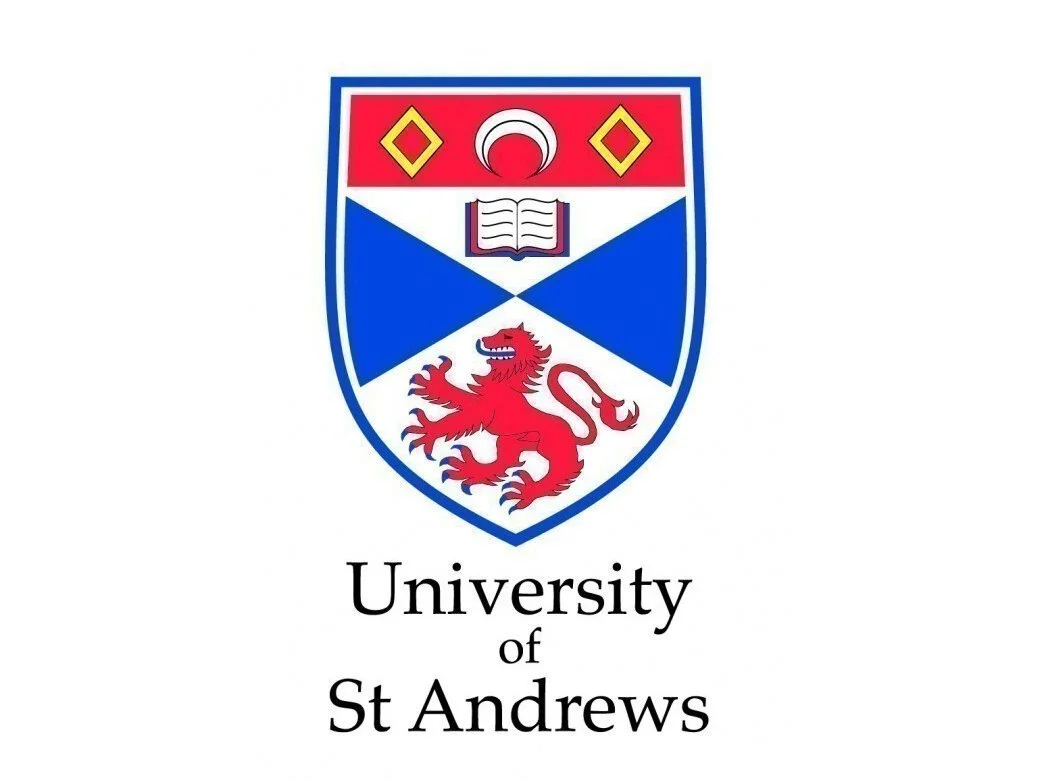Biocatalytic routes to generate cancer chemotherapy pharmacokinetic tools
Introduction
When assessing how an anti-cancer drug works, it is necessary to accurately measure how the drug is metabolised. This is done via mass spectrometry, which involves tagging the samples with a ‘heavy atom’ to distinguish them from other, similar sized, molecules. These ‘heavy atoms’ cannot be purchased, so a challenge that biopharmaceutical companies face is synthesizing these isotope-labelled molecules cheaply and efficiently.
Traditional methods rely on organic chemistry methods which can be inefficient and unpredictable. This means that the process for obtaining custom synthesized isotope-labelled molecules can be lengthy as well as expensive.
Another problem facing researchers is how difficult it is to remove molecules of the same mass as the marker.
Challenge
This project sought to address both of these challenges by developing green methods to produce key heavy-atom markers and a biodegradable biochemical tool to remove unwanted molecules.
The proof of principal of synthesizing nucleoside analogues and their derivatives via enzymatic catalysis was demonstrated via previous IBioIC funded work.
The aim of this project was to use enzymatic catalysis to synthesize the isotope-labelled molecule FdUMP that could be used as an internal standard in mass-spectrometry analysis of samples from NuCana studies. FdUMP is the active metabolite of NuCana’s lead compound NUC-3373 which is currently being investigated in a Phase I/II study in patients with advanced solid tumours.
Solution
IBioIC’s Innovation Fund enabled NuCana to work with the University of St Andrews to use enzymatic catalysis to synthesize the isotope-labelled molecule FdUMP that could be used as an internal standard in mass-spectrometry analysis of samples from NuCana studies. FdUMP is the active metabolite of NuCana’s lead compound NUC-3373 which is currently being investigated in a Phase I/II study in patients with advanced solid tumours.
NuCana provided enzyme characterisation while academic contributed enzyme production and synthesis of isotope labelled dUMPs.
The result was that a biocatalytic route to small-scale (mg) production of isotope-labelled dUMP analogues was developed.
Outcome
NuCana successfully obtained isotope-labelled FdUMP. The process also allows the biocatalytic route to be used for production of future isotope labelled reference standards, and potential to use the method to produce additional material at reduced time and cost in comparison to current production methods. NuCana has the potential to scale up and commercialise this method/compound.
NuCana will out-source and pay St Andrews for synthesis in future. The project also generated patentable IP for St Andrews, which is seeking ongoing funding for further collaborative work through an IAA grant. The project also resulted in new publications.



